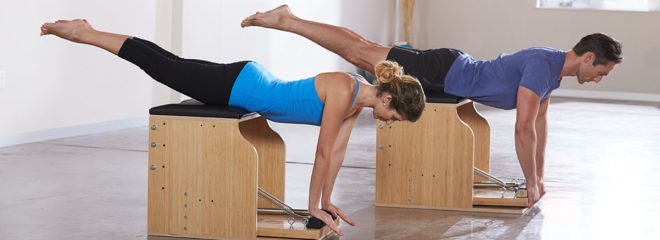By Chere Lucett
Over coffee the other morning, my friend started telling me about this amazing exercise that “literally melts away fat from your abs.” I almost choked on my Gevalia dark roast and tried my best not to roll my eyes. I’ve been in the fitness industry for 20 years, written countless articles, researched high-level current concept papers and instructed for one of the largest certification organizations in the area. But no matter how much I espouse the science behind losing body fat or exercise principles to my friend, she always adores the latest exercise fad that’s more supported by marketing and ads than science. Myths are for Greek Gods, not those who really want to understand exercise and get results. So, in no particular order, it’s time to publicly denounce these two misunderstood concepts: spot reduction and localized muscle development.
Myth #1- Spot reduction
Let’s cut to the chase on this one. The bottom line is that we cannot reduce fat in any one particular area of the body through a body-part specific exercise. The idea of doing more abdominal workouts to decrease abdominal fat has pervaded the fitness industry for years. But no matter how many crunches one does, that stubborn fat remains. Let’s first review the Law of Thermodynamics . To lose fat, one has to burn more calories than they consume. In order to burn one pound of fat, one must be in a caloric deficit of 3500 Kcal per week – that’s approximately a 500 calorie deficit per day. According to American College of Sports Medicine (ACSM) guidelines, the body can safely burn 1-2 pounds of fat per week. (1-3) However, your genetics will determine where the fat stores will be depleted first. If stubborn fat in areas such as the arms, thighs, hips, and mid-section does not seem to go away, addressing areas such as proper nutrition, cardiovascular training, and resistance training is important. While emphasizing areas during your resistance training program may help to develop the muscle underneath the fat, (resulting in well-defined muscles when body fat drops), they will not lead to fat being eliminated specifically from that one region. Sorry folks! Where and how much fat one loses is dictated by their genetic make-up, not the exercises they perform.
Myth #2 – Muscle Peaks and Inner Pecs
Many times in the gym, I hear the myth that certain exercises can increase “peaks” in muscles, or create enhanced definition in one part of a muscle being trained. Many people have voraciously declared that different exercises and special techniques will create the desired change in muscle definition, such as an increased peak in the biceps, and defined “inner pecs,” or better lower abs. The truth lies in muscle physiology. To begin, you should understand the all-or-none law. This principle states that when a muscle fiber is recruited by the nervous system, the entire muscle fiber is activated from, origin to insertion (4). So either the whole muscle fiber is activated (all) or it’s not (none). One cannot only activate the inner fibers of their pecs or just train a section of the bicep to improve its “peak”.
So like spot reduction, for those gym rats who sport the muscle definition we want, we have to look to good genetics (or pharmaceutical intervention). Our genetic potential is determined by our heredity (thanks Mom and Dad), and while we can increase muscle mass through proper resistance training, some people are just born with “lucky” genes. For instance, those individuals who are lucky enough to obtain that “peak” in their biceps only do so because they have a genetic disposition for it. For those lucky few, their biceps have a smaller muscle belly with longer tendons –creating that peak when they contract the biceps. Those with a longer muscle belly have shorter tendons and won’t be able to obtain that same “peak” under normal circumstances. So the bottom line – do the best with what you’ve got!
Let me sum this up…
I hate to be the bearer of bad news, but it’s best to know the truth now than sweat and toil for unrealistic expectations. Even though we cannot spot reduce or build muscle “peaks” if it’s not in our genetic code, each person has a unique genetic potential, and with the proper guidance and real science, you can reach that potential.
For more myth busting workout tips, subscribe to our newsletter!
References
(1) Brooks, G.A., Fahey, T.D., & White, T.P. (1996). Exercise physiology: Human bioenergetics and its application (2nd ed.).. Mountain View, CA: Mayfield Publishing Company.
(2) Powers, S.K. (2004). Exercise physiology: Theory and application to fitness and performance. New York, NY: McGraw-Hill. .
(3) Donnelly, J.E., Blair, S.N., Jakicic, J.M., Manore, M.M., Rankin, J.W., & Smith, B.K. (2009). American College of Sports Medicine Position Stand: Appropriate physical activity intervention strategies for weight loss and prevention of weight regain for adults. Medicine and Science in Sports and Exercise, 41(2):459-471.
(4) Milner-Brown, A. (2001). Basic neuromuscular physiology. Thousand Oaks, CA: National Academy of Sports Medicine; 2001.



